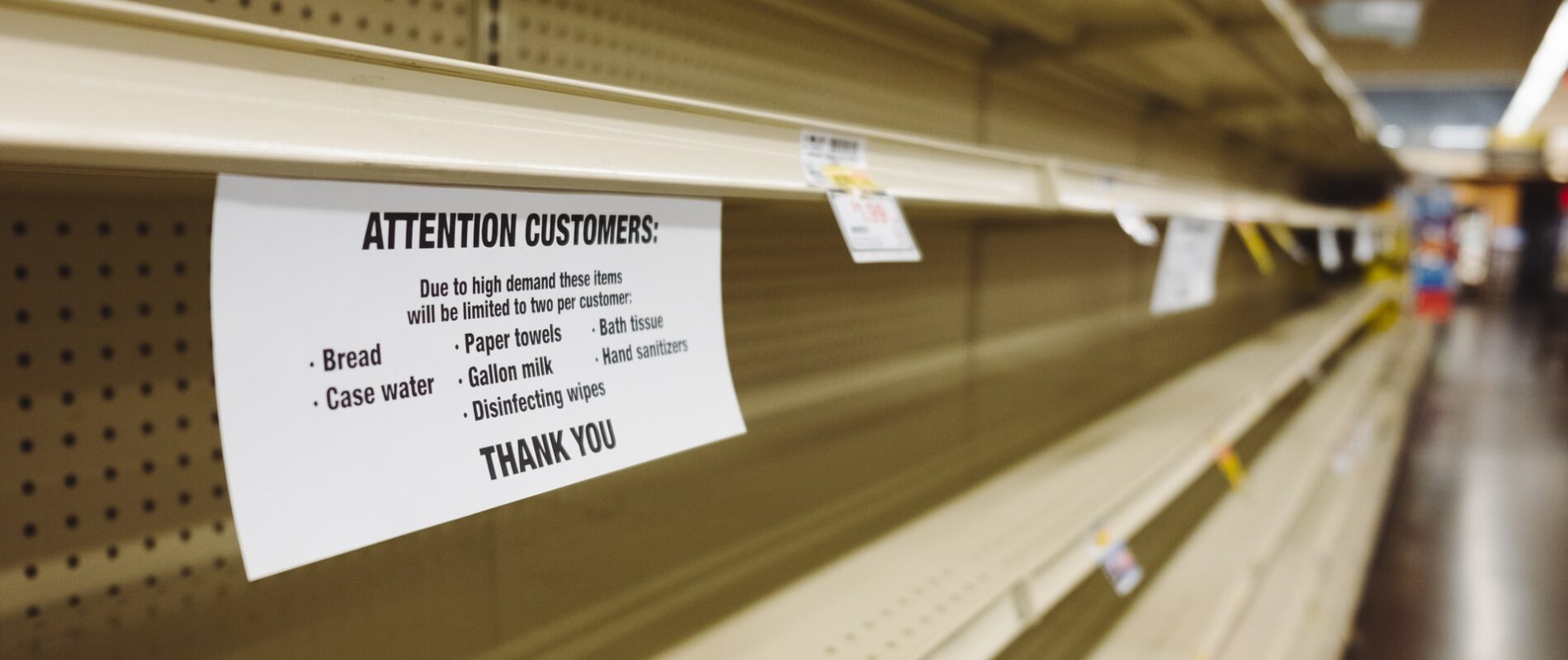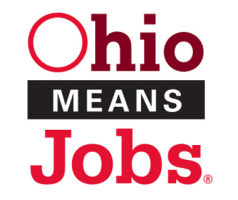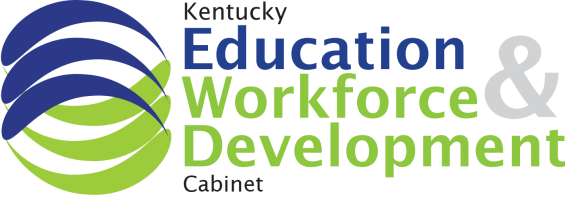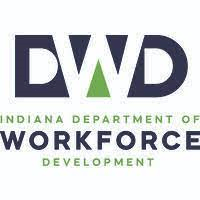
Supply Chain Risk Management Lessons from the COVID Pandemic
Did pandemic-related shortages of toilet paper, changes in how restaurants and other businesses delivered their products and services, and spikes in demand for items like yeast, bikes, and home improvement tools heighten your interest in supply chain management (SCM)?
We asked J.B. Wilcox, Regional Director of BPG’s Pittsburgh office and a supply chain management consultant to shed some light on the impact of the pandemic on supply chains.
J.B. explains that the pandemic-related shortages illustrate different types of potential SCM risks: The shortages of some essential consumer products did not reflect a change in actual consumption – i.e. demand; rather the pandemic created an irrational desire for consumers to “stock up.” This was evident for many common household items such as toilet paper, diapers, and paper towels. The actual “demand” for these products did not change, the consumer response simply moved the inventory closer to its point of use.
In other cases, SCM shortages did reflect increased – and unplanned – demand. Examples included items like yeast (for new bakers), bikes (for the home bound who wanted a safe way to exercise), and home-improvement materials (for the restless). These unplanned demands represented both a risk and an opportunity.
The change in how companies delivered products was related to another type of SCM risk – shifting channels. This can be seen in changes in the food industry. The actual demand for food did not change; what changed was where it came from. Reconfiguring supply chains to meet new requirements takes time. This helps explain why you might see empty shelves for food items in a grocery store, yet that same evening here a story on the local news that food items were being thrown way at farms and processing plants.
Post Pandemic SCM
J.B. will be watching to see how Pandemic-related changes impact future supply chain demand. Will more people want bikes to exercise, commute, and be socially distant? Will new bakers keep on making bread?
Already businesses and SCM experts are analyzing and learning how to react to a pandemic from this on-going experience. J.B.’s advice and process for anyone analyzing a supply chain is to:
- Identify as many risks as possible
- Identify which risks can be planned for and
- look for ways to exploit opportunity.







